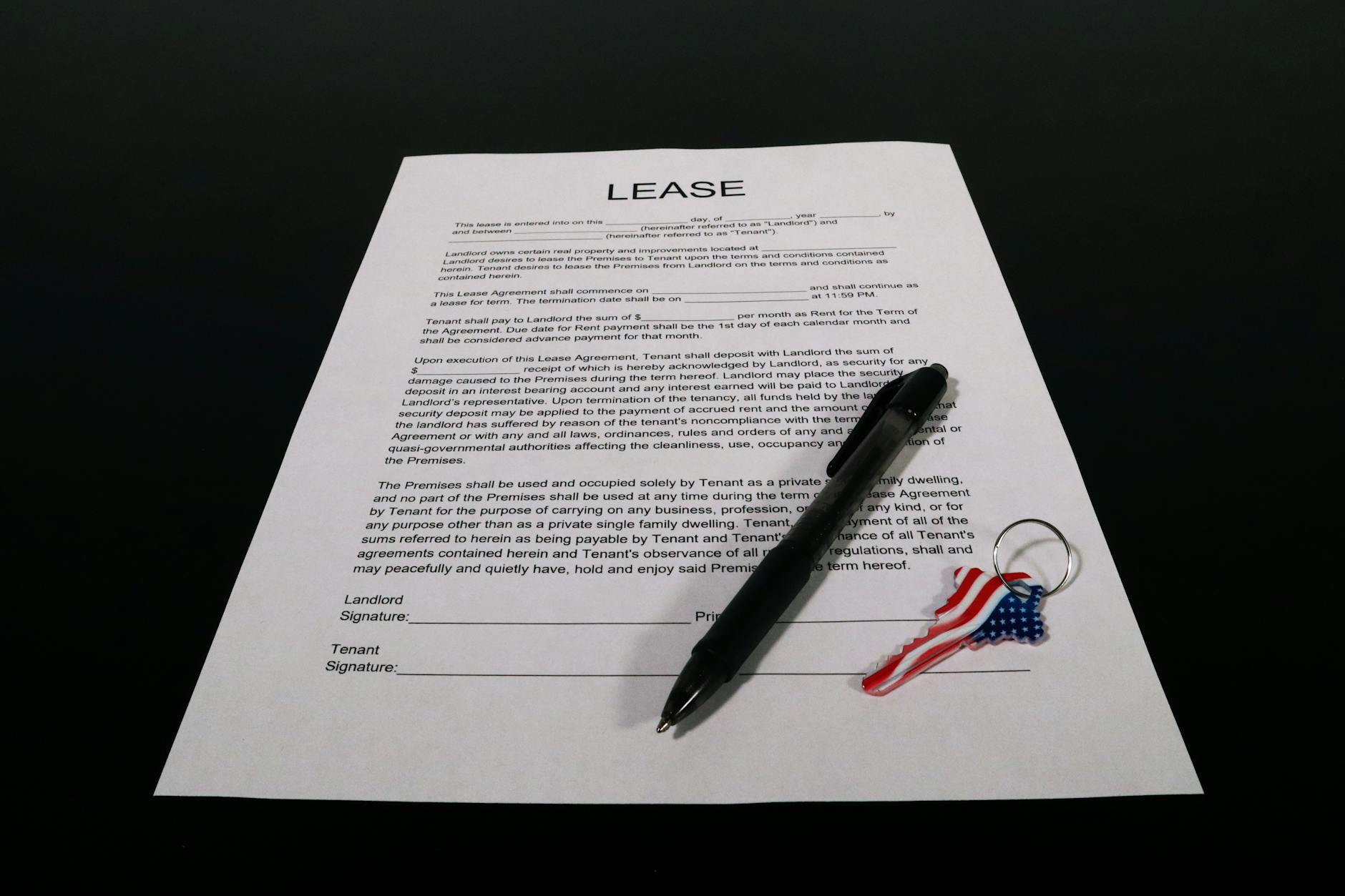How to Navigate the Section 8 Tenant Application Process Successfully
How to navigate the Section 8 tenant application process successfully
Applying for Section 8 housing assistance can be a daunting experience, especially for first-time applicants. This federal program provides vital rental assistance to low-income individuals and families, but the process involves several steps that require careful attention. Understanding how to approach each stage—from determining eligibility to securing a landlord—is crucial to increasing your chances of success. In this article, we will guide you through the key phases of the Section 8 tenant application process, offering practical advice and tips to help you avoid common pitfalls and streamline your path to affordable housing.
Understanding eligibility requirements
Before starting your application for Section 8, it is essential to confirm that you meet the program’s eligibility standards. Eligibility is primarily based on household income, family size, and citizenship status. Typically, applicants must have an income below 50% of the area median income (AMI), though priority is often given to those under 30% AMI. Additionally, applicants must be U.S. citizens or have eligible immigration status. Local Public Housing Authorities (PHAs) may have specific criteria or waiting list preferences such as elderly residents or disabled individuals.
Here is a general overview of income limits based on family size (figures may vary by location):
| Family size | 50% AMI income limit | 30% AMI income limit |
|---|---|---|
| 1 | $38,500 | $23,100 |
| 2 | $44,000 | $26,400 |
| 3 | $49,500 | $29,700 |
| 4 | $55,000 | $33,000 |
Confirm your local income limits on the HUD or your local PHA website before applying.
Filling out the application accurately
The application process requires careful attention to detail and thorough documentation. To avoid delays or rejection, gather important documents upfront, such as identification, proof of income, Social Security cards for all household members, and immigration papers if applicable. Most PHAs provide applications online and in person. Take your time filling out the form, ensuring that every required section is complete and truthful.
Common mistakes include:
- Incomplete forms or inconsistent information
- Omission of household income sources
- Failure to include all family members
- Not signing or dating the application
After submission, keep a copy of your application and any confirmation numbers for your records. Follow up if you do not receive acknowledgment within the timeframe specified by the PHA.
Navigating the waiting list and interviews
Due to high demand, most Section 8 programs maintain waiting lists. Waiting times can range from months to several years depending on location and availability of vouchers. Some PHAs operate a lottery system when the list opens. During this time, it’s critical to stay informed about your status by regularly contacting your local PHA and keeping your contact information updated.
If you are selected for an interview, prepare by bringing documentation that supports your application, such as pay stubs, tax returns, and medical records if relevant for special preferences. The interview may cover topics like household composition, income verification, and background checks. Being honest and organized during this stage improves your chances of obtaining the voucher.
Finding a suitable rental and completing the leasing process
Once you receive a Section 8 voucher, the next step is to find a rental property that meets program standards. Not all landlords accept Section 8 tenants, so early outreach is recommended. Additionally, the unit must pass a Housing Quality Standards (HQS) inspection conducted by the PHA to ensure it is safe and habitable.
Tips for success here include:
- Use local PHA resources or websites that list Section 8-friendly landlords
- Be clear about your voucher and explain how rent is subsidized
- Schedule the HQS inspection promptly and make necessary repairs if requested
- Review the lease carefully with the landlord before signing
Once the lease is signed, the PHA will enter into a contract with the landlord to provide rental assistance payments directly, easing your financial burden.
Conclusion: key takeaways for a successful Section 8 application
Successfully navigating the Section 8 tenant application process involves understanding eligibility requirements, filling out applications meticulously, managing waitlists proactively, and securing a compliant rental unit. Preparation is vital—having your documents ready and maintaining communication with your local PHA will greatly ease challenges along the way. Remember to be patient, as housing shortages mean wait times can be lengthy, but persistence pays off. By following these steps, you improve your chances of obtaining affordable, safe housing through the Section 8 program, bringing stability and security to you and your family.
Image by: Artful Homes
https://www.pexels.com/@artful-homes-921250275
editor's pick
latest video
news via inbox
Nulla turp dis cursus. Integer liberos euismod pretium faucibua

